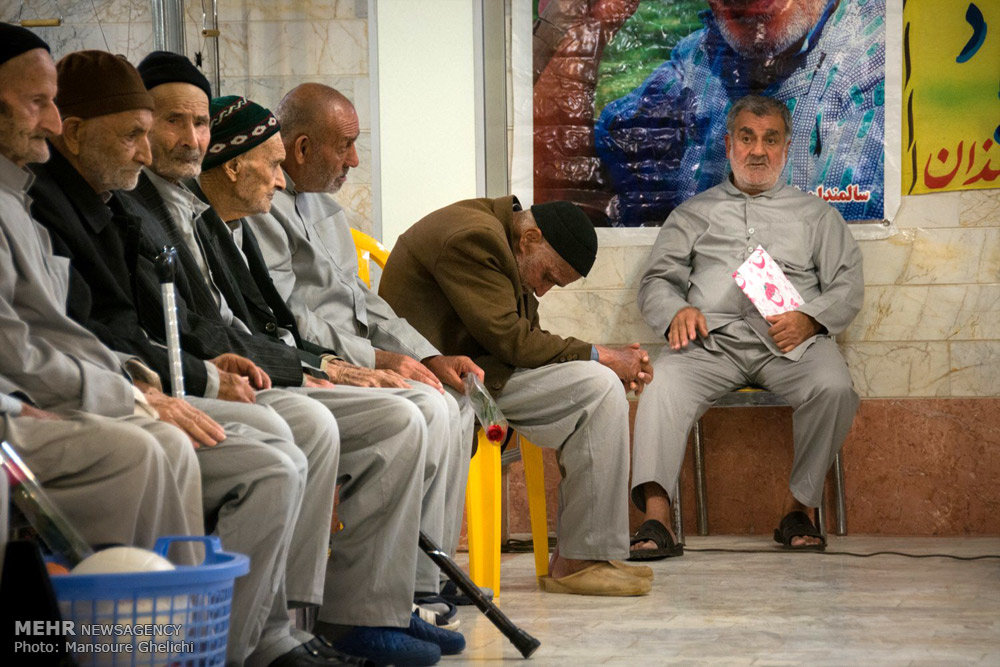Bonyadeh Farzanegan is a non-governmental organization where the elderly take a leadership role in providing community services to help them stay active, healthy and independent.
“Our strategy behind Bonyadeh Farzanegan is to empower the elderly and delegate services and activities,” said Mostafa Seraj, an official with Iran’s State Welfare Organization.
Bonyadeh Farzanegan and other related centers throughout Iran are the outcomes of efforts by the Iranian government, in cooperation with the United Nations Population Fund, UNFPA, to address challenges that come with Iran’s rapidly aging population, the fund wrote on its website on Tuesday.
Some government forecasts estimate that by the year 2050, more than 30% of Iran’s population will be 65 years and above.
“Like many countries, Iran’s population is aging due to low fertility rates and improved healthcare, both of which are triumphs of development,” explained Leila Joudane, UNFPA representative in Iran. “Nonetheless, an aging population comes with challenges as well, that we must address if we are to convert them into opportunities.”
Today, as in several other countries, many of Iran’s elderly population are highly vulnerable. Many face financial challenges. Some are becoming disabled or facing discrimination.
UNFPA is working with its government partners to support research into the phenomenon of Iran’s aging population and promote policies that support the elderly and meet their needs.
“The teamwork and coordination are amazing," said Mohsen Shatti, an official from Iran’s Health Ministry.
“The different ministries, the mayor’s office, UNFPA, all of them have stood by our side with all of their resources.”
In a little more than nine years, Bonyadeh Farzanegan has opened 120 branches across Iran, which serve more than 200,000 elderly persons. Most branches offer a variety of activities, including morning aerobics, painting and theater.
Government ministries and agencies have also combined to provide employment, monetary assistance and healthcare to the elderly.
But UNFPA and its government partners understand that more work needs to be done to keep up with Iran’s aging population and ensure Iran’s health and social systems are ready to make the most of this demographic shift.
“We have a long way to go before Tehran becomes an age-friendly community and that worries me,” said Zeinab Nasiri, the head of Tehran Mayor’s Health Office.
“The key is for everyone who is part of this effort to believe that change is necessary, to keep pushing forth, and to accept this big responsibility.”
“If we pay attention to the needs of the elderly and address their needs, we can have a much brighter future,” said Mohsen Shatti, an official with Iran’s Health Ministry.
Mahberah Seraj hopes Iran’s government and international agencies succeed in helping more elderly people enjoy the same benefits as she does in her choir class at Bonyadeh Farzanegan, a place Seraj says has made her golden years some of the best in her life.
“This place is my second home,” said Seraj. “It’s my hope.”


